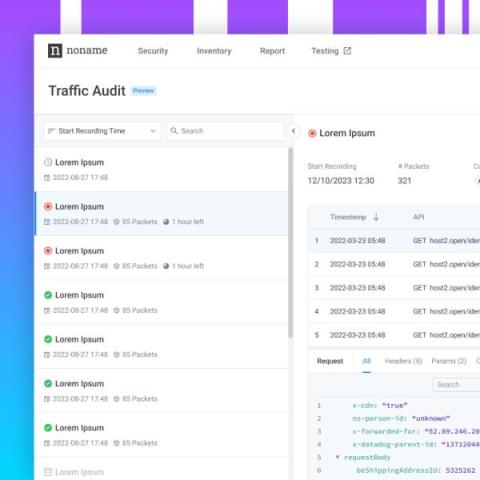Security | Threat Detection | Cyberattacks | DevSecOps | Compliance
API
CISO: Top 10 Trends for 2024
I recently hosted and moderated a distinguished panel of Chief Information Security Officers (CISOs) - Nitin Raina, CISO at ThoughtWorks, Mike Wilkes, former CISO at Marvel and Yogesh Badwe, CSO at Druva. We discussed major trends for 2024 across an array of topics including the evolving threat landscape, recent regulations, data privacy considerations, securing product and critical infrastructure.
Celebrating 50,000 Downloads of Bearer CLI - and what it means!
Bearer CLI, our free and open code security (SAST) scanner, has now been downloaded over 50,000 times since its launch back in March — this year! Behind this number are represented some key industry trends: Let’s dig in!
Noname Security Platform Updates: 3.24 Release
The Noname Security 3.24 release supports a connection status view for resources discovered through API Gateway and Load Balancer integrations, adds a preview of a new Traffic Audit capability, and enables configuration of the Noname Telemetry service within the Noname platform UI.











